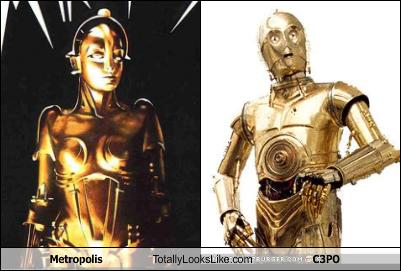Surrealist Film
Background/Dada
surreal: very strange or unusual : having the quality of a dream.
Surrealism was European artistic cultural movement, predominant in painting, and cinema, founded in 1924 by Andre Breton.
Definition: The dictation of thought in the absence of all control by the reason.
Movement used shocking and irrational imagery and rejected conventions.
Aimed to upset and disorientate people.
Image rather than word, feeling rather than thought
Luis Bunuel & Salvador Dali - Un Chien Andalou (short film) - succession of dreamlike sequences.
John Cocteau - When I make a film, it is a sleep in which I am dreaming. - Blood of a poet
Hitchcock 1945 - Dream sequences in spellbound
Destino - Salvador Dali and Walt Disney started in 1948 completed in 1990 by Roy Disney
Walerian Borowcyzk - Mr & Mrs Kabal's Theater in 1967
Jan Svankmajer - czech surrealist - dimensions of dialogue.
David Lynch - Rabbits
The difference between western film conventions and Surrealist film is that western film makes logical sense having a story with beginning, middle and end fitting to some set of rules. While Surrealism is irrational, has no main point, fixed meaning or story.
Surreal film crosses over into mainstream film in films such as Inception: although Inception follows a conventional storyline overall, without context it (especially the start) seems completely irrational changing scene.
Other fims such as The Matrix also at first are surreal, however again they follow a storyline and it is explained.












.png)

